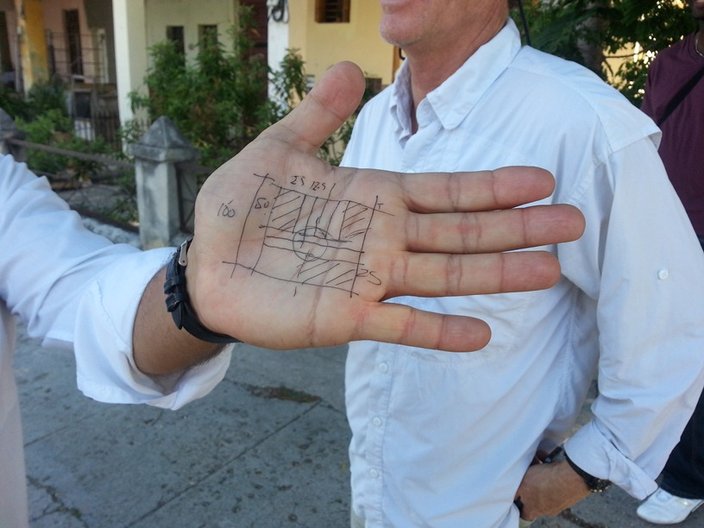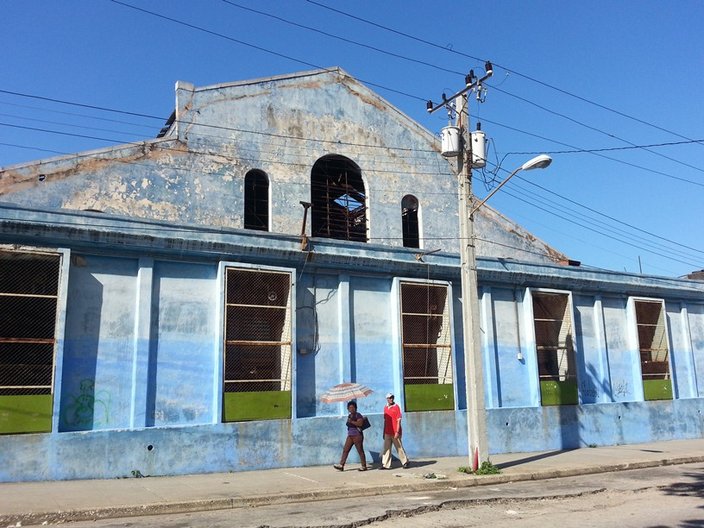14 July 2014
by João Guarantani
From 2015, the Winston Churchill Memorial Trust, in partnership with the British Council, will be offering overseas Travelling Fellowships for Designers in the applied arts (Architecture, Interiors, Product and Graphic Design).
This is the third of a series of Winston Churchill Fellows' profiles featured on the ADF website to illustrate the wide variety of possible themes and approaches in these fields.
The Fellowship
Empowering communities through participatory design and development processes, 2014
How and where we build new, or regenerate existing buildings and places, and what uses we plan for them, affects not only those that will occupy them, or invest in them, but also the wider community – all those that live and work nearby, simply pass through or visit the area on a regular basis. Therefore it is only right that they should all be actively involved in shaping the developments that affect them. Having policies, processes, tools and methods that empower communities to do so is crucial.
Over the years Biljana Savic has been involved in many participatory and community led design and development projects in the UK as an architect, urban planner, facilitator and policy advisor. She researched existing, and developed new methods and tools aimed at enabling people to play a meaningful and proactive role in shaping their places in a sustainable way. She saw her 2014 Churchill Travelling Fellowship as an opportunity to continue this exploration and to study approaches to community engagement in design and development in different political, social and economic contexts, and at different spatial scales.
The first part of Biljana’s 2014 Fellowship included a two week trip to Havana, Cuba, where she participated in a tour of key architectural and regeneration projects and an international design workshop that focused on developing proposals for the Vedado area of the city, to form part of the emerging masterplan for the whole of Havana. During the workshop Biljana worked alongside over 20 architects, developers, architectural historians and community activists from Cuba, USA, Mexico, Norway, Italy and Germany.
The second part of Biljana’s Fellowship - a 5 week study tour of Australia and New Zealand – will take place in early 2015 and will include interviews with leading practitioners, academics, local and regional policy makers and third sector groups involved in community lead design and development projects.
The Results
Biljana is now putting into practice her Fellowship learnings in a significant way because of the new rights given to communities through the Localism Act (2011) and a host of new regulations, as well as the availability of grant funding for community based projects. So far Biljana has found the learning from Cuba – particularly related to the regeneration model in place in Old Havana and the methods of structuring participatory workshops used by the international colleagues she met on her Fellowship – directly applicable in her work at the Prince’s Regeneration Trust. There she focuses on assisting community groups and non for profit organisations working to save from dereliction and bring back into use historic and locally significant buildings and sites, delivering social and economic benefits for their area. This includes helping groups structure and run participatory workshops to develop ideas and spatial proposals for their projects, project mentoring and training events covering a range of relevant topics.
Biljana will also be able to disseminate the results of her Fellowship through the new resource sharing and social networking web site for the heritage and regeneration sector (currently being developed by the Trust), the professional institutes she is a member of, her work with urban design students and through social media.
To find out more, follow Biljana on Twitter: @BiljanaSavic
Applications for Fellowships in 2015 are now open and will close on 23 September this year. For full details and information on how to apply visit www.wcmt.org.uk.

